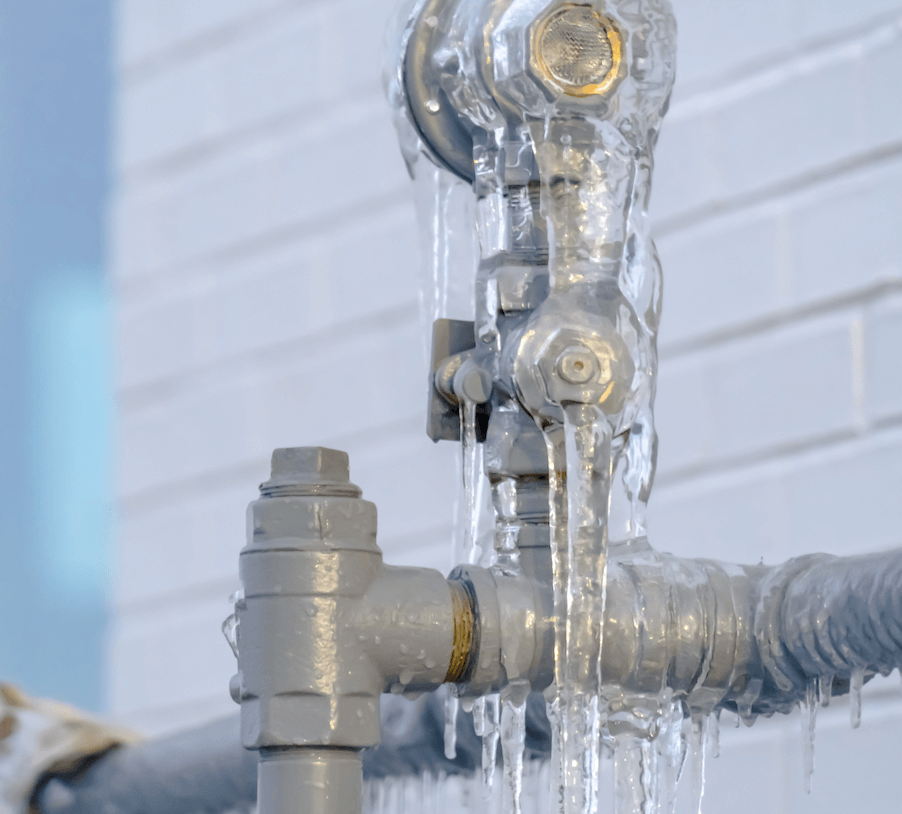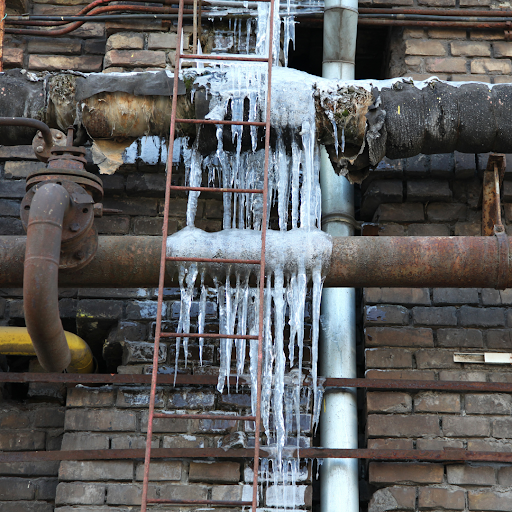Tips to Avoid Frozen Pipes in Cold Weather: Professional Guidance
Tips to Avoid Frozen Pipes in Cold Weather: Professional Guidance
Blog Article
We have noticed the article about 6 Ways to Prevent Frozen Pipes down the page on the internet and felt it made sense to write about it with you on this page.

Winter can ruin your plumbing, particularly by freezing pipes. Here's how to avoid it from taking place and what to do if it does.
Introduction
As temperatures drop, the danger of frozen pipes increases, potentially bring about costly fixings and water damage. Comprehending exactly how to stop frozen pipelines is crucial for home owners in chilly climates.
Recognizing Icy Pipes
What creates pipelines to freeze?
Pipes ice up when subjected to temperatures below 32 ° F (0 ° C) for expanded durations. As water inside the pipelines ices up, it expands, taxing the pipe wall surfaces and potentially triggering them to rupture.
Threats and problems
Frozen pipes can bring about water disruptions, home damage, and costly repair services. Ruptured pipes can flood homes and cause extensive structural damages.
Signs of Frozen Water Lines
Determining frozen pipelines early can avoid them from rupturing.
Just how to recognize icy pipes
Seek decreased water circulation from faucets, unusual smells or noises from pipes, and noticeable frost on revealed pipes.
Prevention Tips
Protecting susceptible pipes
Cover pipelines in insulation sleeves or use warm tape to secure them from freezing temperature levels. Focus on pipelines in unheated or exterior locations of the home.
Home heating methods
Keep interior rooms sufficiently heated, particularly areas with plumbing. Open cupboard doors to enable warm air to distribute around pipes under sinks.
Protecting Exterior Pipes
Garden hose pipes and outdoor faucets
Separate and drain pipes garden hose pipes prior to winter months. Mount frost-proof faucets or cover outdoor taps with insulated caps.
What to Do If Your Pipes Freeze
Immediate activities to take
If you suspect icy pipes, keep taps available to relieve pressure as the ice melts. Utilize a hairdryer or towels soaked in warm water to thaw pipelines gradually.
Long-Term Solutions
Structural modifications
Take into consideration rerouting pipelines away from outside walls or unheated locations. Add additional insulation to attics, cellars, and crawl spaces.
Upgrading insulation
Invest in high-quality insulation for pipelines, attics, and wall surfaces. Appropriate insulation assists maintain constant temperatures and decreases the risk of frozen pipelines.
Verdict
Protecting against icy pipelines requires positive steps and quick responses. By comprehending the causes, indications, and safety nets, property owners can safeguard their plumbing during winter.
5 Ways to Prevent Frozen Pipes
Drain Outdoor Faucets and Disconnect Hoses
First, close the shut-off valve that controls the flow of water in the pipe to your outdoor faucet. Then, head outside to disconnect and drain your hose and open the outdoor faucet to allow the water to completely drain out of the line. Turn off the faucet when done. Finally, head back to the shut-off valve and drain the remaining water inside the pipe into a bucket or container. Additionally, if you have a home irrigation system, you should consider hiring an expert to clear the system of water each year.
Insulate Pipes
One of the best and most cost-effective methods for preventing frozen water pipes is to wrap your pipes with insulation. This is especially important for areas in your home that aren’t exposed to heat, such as an attic. We suggest using foam sleeves, which can typically be found at your local hardware store.
Keep Heat Running at 65
Your pipes are located inside your walls, and the temperature there is much colder than the rest of the house. To prevent your pipes from freezing, The Insurance Information Institute suggests that you keep your home heated to at least 65 degrees, even when traveling. You may want to invest in smart devices that can keep an eye on the temperature in your home while you’re away.
Leave Water Dripping
Moving water — even a small trickle — can prevent ice from forming inside your pipes. When freezing temps are imminent, start a drip of water from all faucets that serve exposed pipes. Leaving a few faucets running will also help relieve pressure inside the pipes and help prevent a rupture if the water inside freezes.
Open Cupboard Doors
Warm your kitchen and bathroom pipes by opening cupboards and vanities. You should also leave your interior doors ajar to help warm air circulate evenly throughout your home.

Do you like reading about How to prepare your home plumbing for winter weather? Try to leave a remark below. We would be pleased to listen to your thinking about this page. In hopes that you visit us again in the near future. Are you aware of somebody else who is in the market for 6 Ways to Prevent Frozen Pipes? Be sure promote it. Many thanks for your time. Revisit us soon.
Click On This Link Report this page